 Ars Moriendi
Ars MoriendiO Joel Peter Witkin (1939-) είναι Αμερικανός καλλιτεχνικός φωτογράφος, γνωστός για τις μακάβριες και άκρως ενοχλητικές φωτογραφίες του με πτώματα, κομμένα ανθρώπινα μέλη, ανθρώπους με δυσμορφίες, ιδιομορφίες και πολύ γυμνό, τα οποία τα σκηνοθετεί στην φωτογράφηση με ακόμα πιο σουρεαλιστικό και γκροτέσκο τρόπο.

Η αυστηρή καθολική του ανατροφή, καθώς και ένα φρικιαστικό τροχαίο που είδε όταν ήταν παιδί (τρια αυτοκίνητα συγκρούστηκαν και από το ένα που ανατράπηκε κύλησε ένα κεφάλι κοριτσιού προς αυτόν, ο Witkin έσκυψε να το αγγίξει και να του μιλήσει, αλλά οι γονείς τον τράβηξαν).
 Queer saint
Queer saintΛέγεται, μάλιστα, ότι τα πιο προκλητικά για το κοινό αίσθημα έργα του τα σκηνοθετεί στο Μεξικό για να αποφύγει νομικά κωλύματα στις ΗΠΑ σχετικά με την ηθική απέναντι στο νεκρό σώμα.
 Cupid and centaur
Cupid and centaurJoel Peter Witkin (1939-) is an American photographer who lives in Albuquerque, New Mexico. His work often deals with such themes as death, corpses (and sometimes dismembered portions thereof), and various outsiders such as dwarfs, transsexuals, hermaphrodites, and physically deformed people. Witkin's complex tableaux often recall religious episodes or famous classical paintings.
 Chinatown
ChinatownWitkin claims that his vision and sensibility were initiated by an episode he witnessed when he was just a small child, a car accident that occurred in front of his house in which a little girl was decapitated.
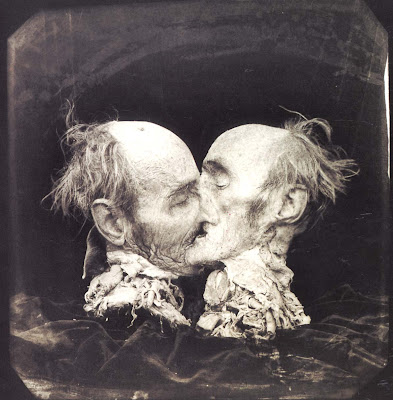 The Kiss
The Kiss"It happened on a Sunday when my mother was escorting my twin brother and me down the steps of the tenement where we lived. We were going to church. While walking down the hallway to the entrance of the building, we heard an incredible crash mixed with screaming and cries for help. The accident involved three cars, all with families in them. Somehow, in the confusion, I was no longer holding my mother's hand. At the place where I stood at the curb, I could see something rolling from one of the overturned cars. It stopped at the curb where I stood. It was the head of a little girl. I bent down to touch the face, to speak to it -- but before I could touch it someone carried me away".
 Reminiscent of portrait as a vanity
Reminiscent of portrait as a vanityHe also claims that the difficulties in his family were an influence for his work too. ome of Witkin's works, namely those with corpses in them, have had to be created in Mexico in order to get around restrictive US laws. Because of the transgressive nature of the contents of his pictures, his works have been labeled exploitative and have sometimes shocked public opinion.

 Myself as dead clown
Myself as dead clown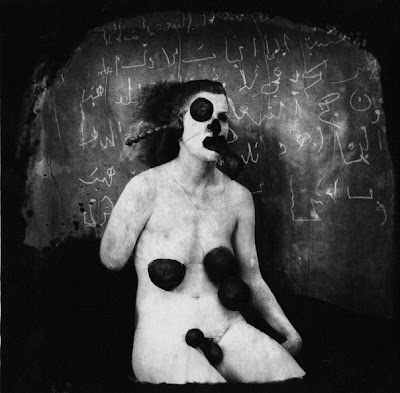 Collector of Fluids
Collector of FluidsHis techniques include scratching the negative, bleaching or toning the print, and using a hands-in-the-chemicals printing technique. This experimentation began after seeing a 19th-century ambrotype of a woman and her ex-lover who had been scratched from the frame. (
Wikipedia)
You can see
HERE and
HERE much more provoking and disturbing photos by Witkin


 Woman breast feeding an eel
Woman breast feeding an eel

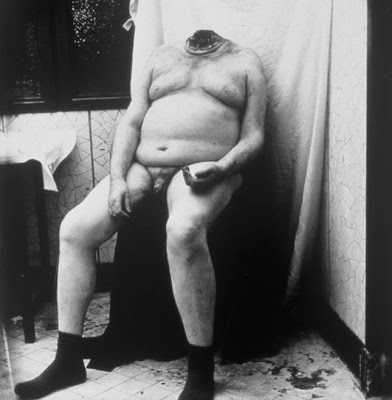
 Mother and child with retractor screaming
Mother and child with retractor screaming Interrupted Reading
Interrupted Reading Dog on a pillow
Dog on a pillow
 A Japanese modern artist. We read in his site his introduction of him and his work:
A Japanese modern artist. We read in his site his introduction of him and his work:

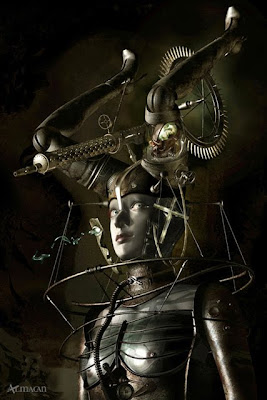
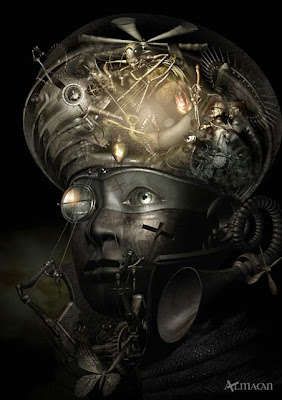





















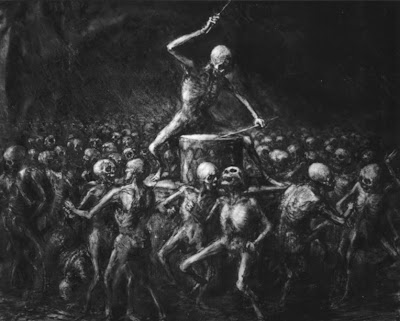





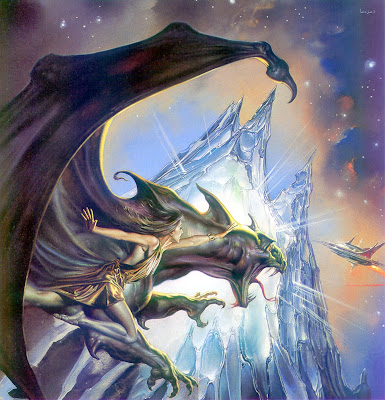


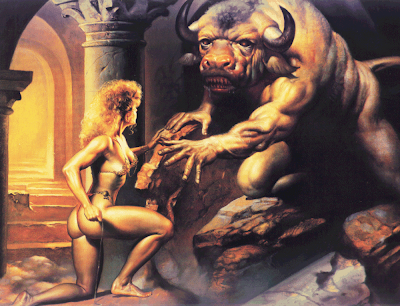




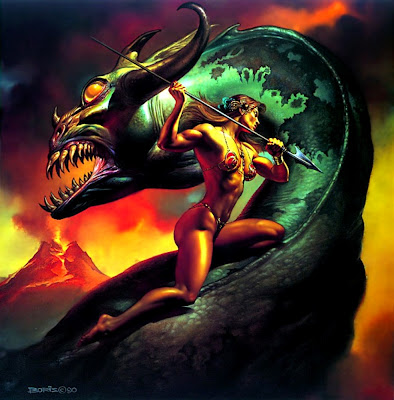
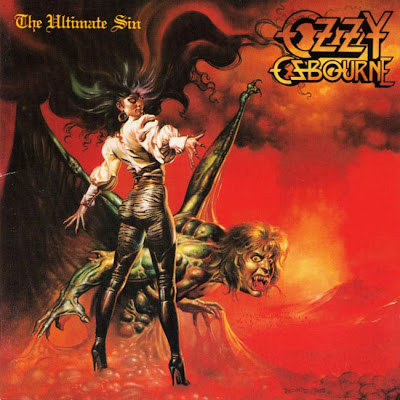










+Sex+Murdrerer.jpg)













.jpg)



